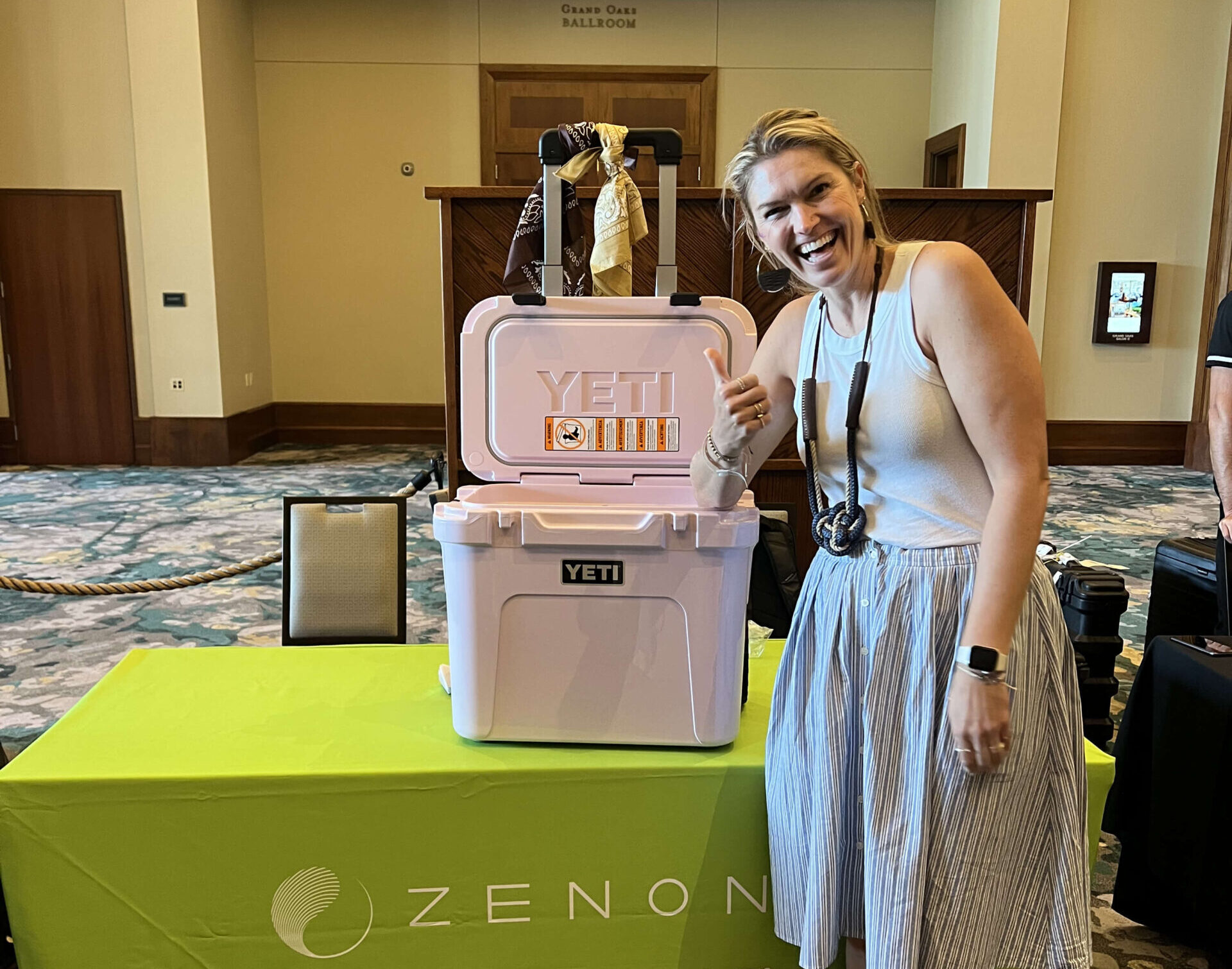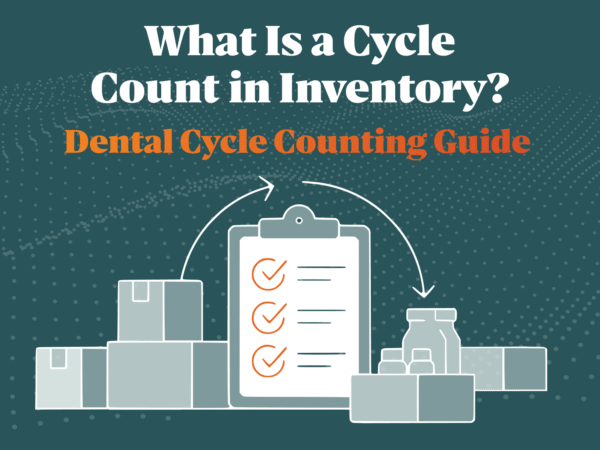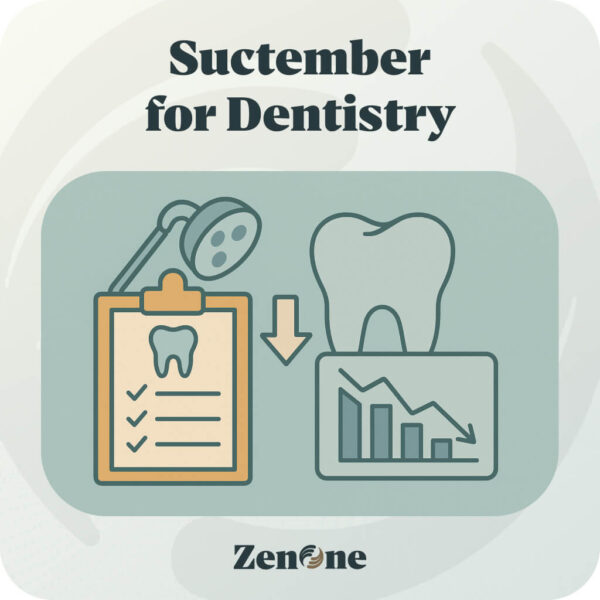Join 1000+ dental professionals, shop from your favorite suppliers, compare prices instantly, and save over $17,000/year
Try our platform free for 30 days.
Start for FreeDuring the COVID-19 pandemic, both OSHA and the Centers for Disease Control (CDC) recommended that dental treatment rooms have increased ventilation and air purification to remove potentially infectious aerosols. In its updated guidance for COVID-19 from (May 8) and for Ventilation in Buildings (May 11, 2003); the CDC makes specific recommendations about the use of HEPA air filtration systems, the recommended number of air exchanges in the office, and recommendations for operating the heating, ventilation, and air conditioning (HVAC) systems.
Why is the CDC still recommending these enhancements? Because COVID-19 is still spreading, although not at a pandemic level currently. There are also numerous other airborne infectious diseases that can be transmitted in a dental setting, including influenza, respiratory syncytial virus (RSV), measles, chicken pox, tuberculosis, and others. Those risks were present pre-COVID-19, but the pandemic brought this concern to the forefront, especially with respect to aerosol generating procedures (AGPs). AGPs include the use of an air/water syringe, high-speed handpiece, ultrasonic scaler, air polishing, and air abrasion. These recommendations are made in addition to that of increased use of high-volume evacuation (HVE), to assist in containing aerosols during treatment. In addition to infectious disease transmission risks, dental team members are also potentially exposed to chemical hazards, such as disinfectants, methyl methacrylate (acrylic), and dust from various materials such as silica. Except for exposure to infectious disease, where the effects typically present with symptoms shortly after exposure, effects of the exposure to chemicals and dusts, symptoms may not manifest for many years. The need for improved ventilation in dental facilities goes beyond COVID-19 and is a positive step in ensuring the health of dental professionals. Let’s look at what the CDC and OSHA recommend, starting with some key terms related to indoor air quality.
Ventilation
The CDC guidelines state that ventilation is defined in several with respect to buildings:
- Indoor air movement and dilution of viral particles through mechanical or non-mechanical means
- Filtration through central heating, ventilation, and air conditioning (HVAC) systems and/or in-room air cleaners (portable or permanently mounted)
- Air treatment with Ultraviolet Germicidal Irradiation (UVGI) systems (also called Germicidal Ultraviolet or GUV)
Ventilation is important to the health of dental teams and patients since airborne infectious agents spread more easily in indoor settings than outdoors, due to the higher concentrations of the viral particles indoors. Maintenance of HVAC systems is not always top of mind in buildings unless there are issues with regulating the temperature of the buildings. Regular maintenance, including filter changes according to the manufacturer’s instructions, upgrading the types of filters, and making sure that the filters fit properly so that as little air as possible gets around the edges of the filter. The CDC also recommends a “layered” approach to improving air quality, with includes other strategies. More on that later…
Air Exchanges
Air exchange is defined as the number of times the air gets replaced in each room per hour or ACH. Ideally the indoor air is exchanged with outdoor or “fresh” air, filtered air, or a combination of both. According to the American Society for Refrigerating, Heating and Air Conditioning Engineers (ASHRAE), buildings should have a minimum of 5 ACH, but higher is better. The ACH is controlled by the HVAC system in the facility, and the other types of filtrations that have been implemented in the facility. An HVAC technician can advise a building owner or tenant about the system and its capabilities, and on modifications that can be made to meet this goal.
MERV and HEPA:
ASHRAE developed a rating system for air filters in HVAC systems using Minimum Efficiency Reporting Values or MERVs, that refer to a filter’s ability to capture larger particles between 0.3 and 10 microns (µm). The higher the MERV rating, the better the filter is at trapping certain types of particles.
HEPA stands for High Efficiency Particulate Air filter. It is a pleated type of filter used in many HVAC systems and air purifiers, such as those that were installed in treatment rooms in dental facilities during the pandemic. According to the Environmental Protection Agency (EPA) this type of air filter can theoretically remove at least 99.97% of dust, pollen, mold, bacteria, and any airborne particles with a size of 0.3 microns (µm). Using air purifiers with HEPA filtration has been recommended by the CDC for reducing the airborne pathogens in healthcare facilities, such as dental offices, where AGPs are being performed. MERV ratings for HVAC filters and HEPA filtration work together to establish the layered approach to ensuring enhanced indoor air quality in dental offices.
There are also ultraviolet light filtration systems that can be installed in dental facilities. These systems, called UVGI or Upper-room Ultraviolet Germicidal Irradiation are very effective at removing air contaminants, including infectious aerosols. Although they are used primarily in hospital settings, they can be effectively used in dental office facilities.
To reiterate, just because the pandemic health emergency is over, COVID-19 is still present, as are many other airborne transmissible diseases and chemical hazards that can pose a threat to dental team members and patients. Until COVID-19, which had such an impact on dentistry and the entire population, air quality was not a major area of concern in dentistry. The pandemic has hopefully changed this forever. It’s not just the airborne bacteria or viruses that can affect dental professionals. Dust, chemicals, and other volatile organic compounds contribute to indoor air pollution that can cause health issues for the members of our profession. This is not a new issue in dentistry, just more highly scrutinized by the high level of infectiousness of COVID-19. In 1994, the EPA, American Lung Association, Consumer Product Safety Commission, and the American Medical Association published a booklet called “Indoor Air Pollution: A Guide for Health Professionals” as to aid in diagnosing health issues caused by exposure to airborne particles in indoor air.
So, what are the takeaways from these updated CDC guidelines? Follow the CDC and ASHRAE guidelines for enhanced ventilation in your facility. Remember that infection prevention and control isn’t just about surface, instrument, or equipment contamination. Threats are always in the air – pandemic or no pandemic. In addition, safety in the dental office includes the potential for exposure to other harmful substances in the air, such as chemicals. Develop a protocol for indoor air quality, which includes regular maintenance of the HVAC system, utilizing HEPA air purifiers in treatment rooms, opening windows periodically (if possible) to increase fresh air exchanges. Continue to use high-volume evacuation for all AGPs – especially the use of ultrasonic scalers, which create the most aerosol. In addition, the CDC and ASHRAE also recommend setting your HVAC system to “on” instead of “auto” to keep the fan circulating all the time.
Creating a healthier work environment is always a good plan of action for dental teams. It helps to ensure career longevity for the team and a safer environment for patients as well.
References
CDC Interim Infection Prevention and Control Recommendations for Healthcare Personnel During the Coronavirus Disease 2019 (COVID-19) Pandemic, May 8, 2023 https://www.cdc.gov/coronavirus/2019-ncov/hcp/infection-control-recommendations.html
CDC Improving Ventilation in Buildings, May 11, 2023 https://www.cdc.gov/coronavirus/2019-ncov/prevent-getting-sick/improving-ventilation-in-buildings.html
CDC Interim Infection Prevention and Control Recommendations for Healthcare Personnel During the Coronavirus Disease 2019 (COVID-19) Pandemic, May 8, 2023 https://www.cdc.gov/coronavirus/2019-ncov/hcp/infection-control-recommendations.html
OSHA Subpart U – COVID-19 Emergency Temporary Standard 4 (b) https://www.osha.gov/sites/default/files/covid-19-healthcare-ets-reg-text.pdf
ASHRAE – Core Recommendations for Reducing Airborne Infectious Aerosol Exposure https://www.ashrae.org/file%20library/technical%20resources/covid-19/core-recommendations-for-reducing-airborne-infectious-aerosol-exposure.pdf
EPA – What is UVGI? https://www.epa.gov/coronavirus/what-upper-room-ultraviolet-germicidal-irradiation-uvgi-what-hvac-uvgi-can-either-be Indoor Air Pollution: A Guide for Health Professionals, EPA, ALA, CPSC, AMA – https://www.epa.gov/sites/default/files/2015-01/documents/indoor_air_pollution.pdf










